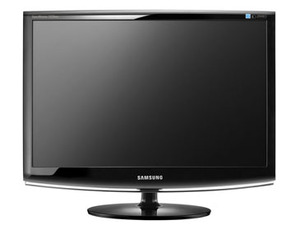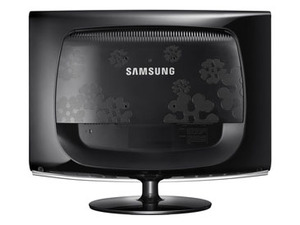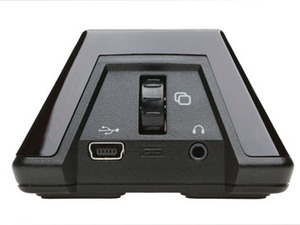
Why it’s different
It’s not just the difference to the rendering method that’s noteworthy though, but also the way that Nvidia gets the resulting 3D image onto your eyeballs in the first place. You'll be glad to know it doesn't require those flimsy cardboard specs we all remember from our childhoods.For a high end gaming product using red/green glasses is out of the question due to the vast use of colour in modern games, and the use of polarised 3D is display-dependant so far from ideal for a commercial product. Using old fashioned coloured lenses wouldn't work unless your screen was configured to match them.
The remaining solution, and the one Nvidia has chosen, is the use of liquid crystal shuttered glasses, a pair of apparently unassuming specs (ok, kind of dorky looking specs) that feature two basic LC filters for lenses.
These LC lenses are able to flicker on and off dozens of times a second, well outside the range of being detectable with the human eye, and are synchronised with the frame rate output from the game engine using an IR remote.
Flickering in time with the alternating left/right monitor output so that the left and right eye only see the appropriate image, creates a surprisingly convincing 3D effect that, thanks to the 3D ground work being done at the driver level, works in almost any modern 3D title (sorry World of Goo, Lemmings and Peggle fans!).
While LC shutter glasses are nothing new, using them presents its own problem thanks to the lens’ alternating flickering effectively halving the refresh rate of any display you’re using them with. Even ultra high end flat panel displays are for only capable of 60 Hertz, and while some are capable of 75 Hertz, using the LC shutterglasses translates this to a refresh rate of just 37 Hertz, resulting in a visible flicker, not to mention eye strain, headaches and most worryingly, chugging in game graphics.
The only reliable solution to the problem is the use of displays capable of 120 Hertz refresh rates to eliminate the flicker and deliver the 3D display at reasonable frame rates. Sadly though such displays aren’t too common outside old school giganto-CRTs, and needless to say that your current flat panel monitor, LCD or plasma TV or projector will most likely not support 120 Hertz refresh rates required for smooth 3D display.


A standard 60Hz screen isn't going to work for 3DVision - you'll need a fancy 120Hz model, like this Samsung 2233RZ
In fact, despite ViewSonic and Samsung announcing 120 Hertz 22” TFT monitors last summer they’re yet to become publically available and currently only Mitsubishi’s line of Laservue DLP HDTVs support the monster refresh rate. While a necessary evil, the reliance on 120 Hertz displays for the technology is undoubtedly a crippling limitation, at least for now, and is perhaps the biggest barrier to 3D gameplay.
While a pair of LC shutter glasses might “only” cost around £100 (according to Nvidia), replacing your monitor (let alone your whole TV) is bound to be a whole lot more expensive and will likely discourage most of us, at least until 120 Hertz displays become more common place. In fact, ultra high refresh rate HDTVs and displays have been very visible at this year’s CES show.
Thankfully though Nvidia was kind enough to supply us with a compatible 120 Hertz Samsung SyncMaster 2233RZ 22” monitor along with the a prototype version of its 3D Vision LC shutter glasses, and we’ve spent much of this week playing with them and experiencing some of our favourite games in glorious (and occasionally not-so-glorious 3D.
We’ll let Joe talk more about our gameplay experiences over the next few pages, but for now let’s talk about the kit itself.

MSI MPG Velox 100R Chassis Review
October 14 2021 | 15:04










Want to comment? Please log in.